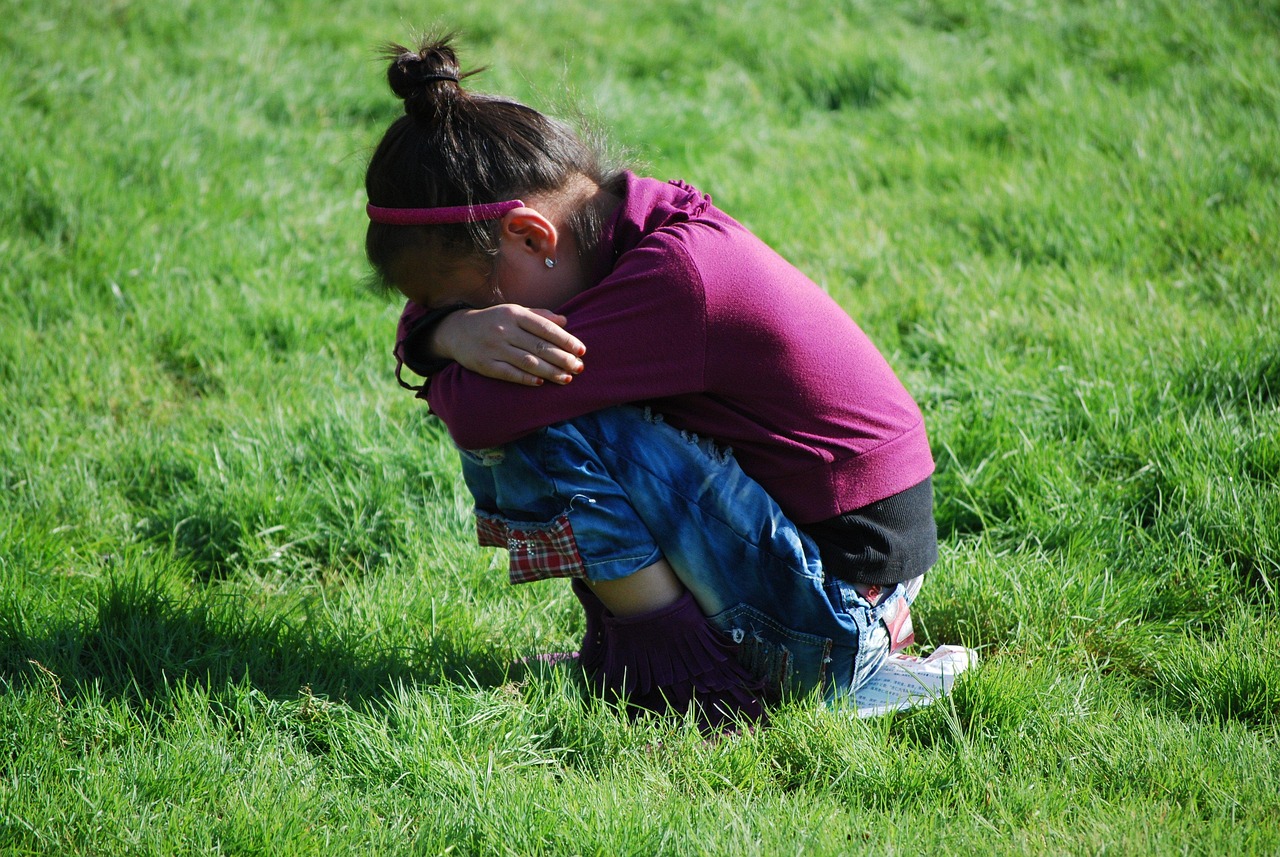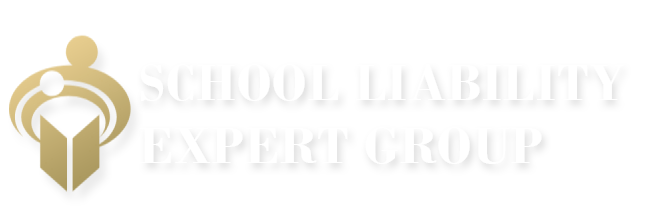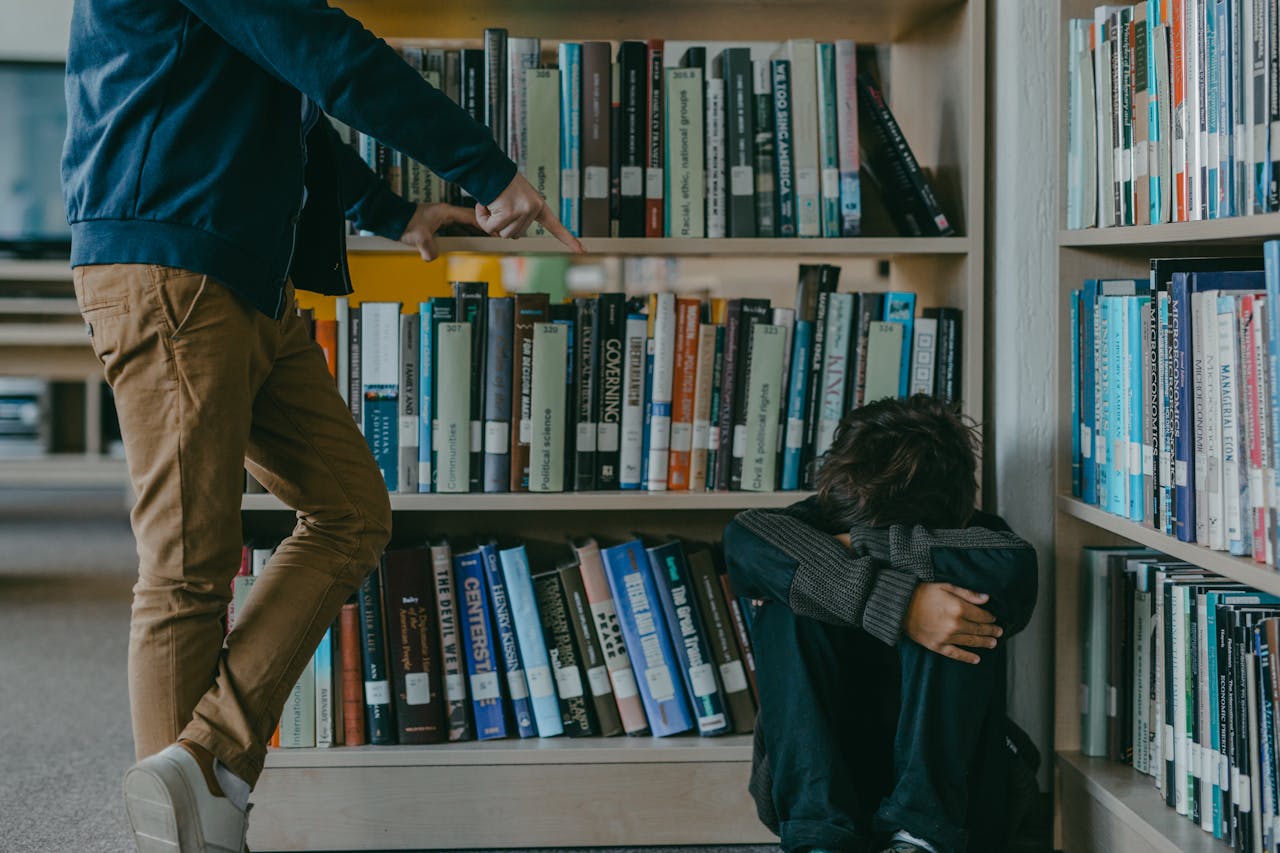
Sexual Abuse in School: Is the Situation What It Seems?
Key Takeaways:
- Schools have a duty to protect students from harm. When another student sexually abuses a child, the question quickly becomes, “Should the school be held liable for inadequate supervision and negligence?”
- To determine potential liability, plaintiff and defendant attorneys must evaluate two key factors: whether the school met the professional standard of care and whether the teacher or school acted appropriately under the circumstances to foresee, prevent, or respond to sexual abuse.
- Moreover, it’s essential to review whether the child’s behavior constitutes normal or abusive behavior. Six key questions help reveal whether student-on-student sexual abuse took place, the degree of harm, and school liability. Some factors to examine include lack of consent, equality, and coercion.
- Schools should develop and implement effective measures to protect students and avoid liability. These include staff training and establishing policies and procedures for preventing and reporting sexual abuse in schools.
Years ago, I saw two kids skip off toward the bathroom together when I taught preschool. “One at a time in the bathroom, please,” I called out to Ray and Kim. Ray stopped in his tracks, turned on the heel of one sneaker, and sat at a table without looking in my direction. Kim, the more hyper of the two, kept skipping — right into the bathroom and closed the door. What if I hadn’t seen them heading into the bathroom together? What if they got into the bathroom and “something” happened? Should I have been concerned that something inappropriate could have occurred in the toilet if they flew under my teacher’s radar?
I’m reminded of a sexual abuse case in which I served as an expert witness. A sixth-grader ran out of the boys’ room and down the hall past a surprised teacher. The teacher didn’t recognize the “blur” but was immediately attracted to the sobbing of another child — a little first grader stumbling out of the bathroom with his head down and pulling his pants up. What would you think? Who was supervising these students?
The teacher told her principal what she saw. Eventually, they identified the offending student, required that he be escorted around the school, and agreed that he would never go to the bathroom without someone around to supervise. But two months later — unsupervised — he sexually molested two other first graders in the bathroom. Did the school properly fulfill its duty to protect students from harm? It put a plan in place, but what went wrong? Is the school now responsible for the hurt inflicted on the two first graders?
This blog focuses on some key factors for evaluating school liability during student-on-student sexual abuse cases. We include questions for identifying normal vs. abusive behavior.
What Should an Attorney Consider?
In both scenarios, the school’s potential liability hinges on two key questions: Did the school and teachers meet the professional standard of care? And did they act appropriately under the circumstances?
In the first case — my preschool class — it didn’t appear that sexual abuse was taking place, nor was there much of a risk. As an education administration and supervision expert, my call is for the teacher — me (and I’m trying to be unbiased here) — to meet the professional standard of care under the circumstances. I saw Ray and Kim heading off to the bathroom together. As a professional, I knew it was good to supervise one child in the bathroom at a time and intervene. But what if I didn’t see this? Suppose they went into the bathroom together, and Ray went home later and complained to his mother that Kim put her hand down his pants. Would this be considered sexual abuse in school? Would the school have been liable for inadequate supervision? Inadequate supervision may have been a consideration if I hadn’t been aware enough to see two students about to enter the bathroom together. But even if such behavior took place, would it constitute sexual abuse and sufficient harm for a lawsuit to prevail?
The issues were far more complex in the second case, involving the sixth grader. Determining potential liability required reviewing the child’s behavior and carefully analyzing the facts.
Normal vs. Abusive behavior
Children under seven will engage in games, such as playing “house” or “doctor.” Both same-sex and opposite-sex experimentation are common. Normal sexual behavior refers to behaviors commonly seen among healthy children of this age: they ask sexual questions, they look at their bodies and the bodies of others, and they engage in mutual touching.
Consider the questions below to evaluate child-on-child sexual abuse in schools. In most cases, if the answer to each is “no,” then the behavior is probably not a problem. Does the behavior:
- Put the child at risk for physical harm? Disease? Exploitation?
- Interfere with the child’s development, learning, social, or family relationships?
- Represent a violation of law?
- Cause the child to feel confused, embarrassed, or bad about themselves?
- Cause others to feel uncomfortable?
- Involve a lack of consent, a lack of equality, or some type of coercion?
The sixth question is important because the behavior itself does not define sexual abuse in school. The nature of the relationship and the interaction between the two children are more significant. Three factors define abusive behavior: lack of consent, lack of equality, and coercion.
Older kids may talk a first grader into doing something she doesn’t understand, which is a lack of consent. A younger child might be compliant and cooperate with an older child who says, “Pull your pants down,” but doesn’t know why she is being asked to do so.
Equality refers to the balance of authority in the relationship. It implies that two participants operate with the same level of power; neither controls the other. An unequal distribution of power, that is, a lack of equality — differences in age, size, or intellectual ability, for instance — sets the stage for a child with the upper hand to take advantage of another.
Coercion is a force used to compel an individual’s behavior. It’s not uncommon for an older child who sexually abuses a younger one to threaten the younger child not to tell someone about the incident or to bribe her with toys, candy, or other gifts.
An Education Expert’s Opinion on Sexual Abuse in Schools
Consider the questions above in the hypothetical case of two preschool students entering the bathroom together, one alleging that the other touched him. Would you consider their behavior normal or deviant? As an expert in education administration and child supervision, I would be inclined to render an opinion that even if supervision was inadequate, the students did not behave outside of the norm for their age.
What about the real-life sexual abuse case of the sixth-grader who molested two first-graders in the bathroom? Let’s apply the three factors that define abusive behavior to the facts of this case:
- Lack of consent: The first graders did not consent to the sixth grader touching them sexually
- Lack of equality: The sixth-grader was larger, older, and stronger than the first graders
- Coercion: The sixth-grader threatened the first-graders, telling them he would beat them up if they said anything to anyone about the incident
I believe the school administration breached the professional standard of care when it failed to implement the plan it set forth. It was unable to uphold its duty to protect the students adequately. The school had reasonable cause to believe that abusive behavior took place, recognized that the behavior could reoccur, and, therefore, put a strict supervisory plan in place to protect other students from sexual abuse. Moreover, the school knew that the sixth grader was sexually aggressive when he was identified as the abuser in the first incident, and any reasonable school administrator could foresee the risk of this child again engaging in inappropriate behavior. The school’s failure to implement the plan in place led to inadequate supervision, which placed the students in harm’s way, creating a hostile learning environment that led to others being abused.
Schools and other agencies responsible for supervising children have a duty to protect them from harm. This includes adequately training staff about child sexual development and state laws relating to reporting child abuse and the establishment and implementation of policies and procedures that protect children from sexual harassment and abuse. Since staff-on-student sexual abuse in schools is also a significant concern, schools should do their due diligence when hiring, screening, supervising, and terminating school employees to ensure children are well protected. By implementing these protective measures, schools can avert costly lawsuits.
How an Education Law and School Safety Expert Can Help Determine Potential School Liability in Sexual Abuse and Harassment Cases
A careful review and analysis of a case by an expert in school safety and education law may result in an opinion that confirms what appears to be obvious, but sometimes, it yields an opinion that transforms the case and differs from one’s initial reaction to an incident. Examining the context of children’s actions often reveals the issues in play, leading to an appropriate determination of potential liability for schools.
At School Liability Expert Group, our court-qualified experts thoroughly review the facts of sexual abuse cases and provide highly individualized consultations, comprehensive reports, and expert trial and deposition testimony. With extensive experience working with hundreds of law firms in liability matters involving public school districts, private schools, colleges, universities, and other child- and youth-oriented agencies nationwide, we bring to every case the resources of a large law firm but the personalized attention of a smaller practice. Schools can engage us in reviewing their programs, establishing strong policies and practices, and training staff on compliance with the professional standard of care and sexual abuse laws.
If you represent a plaintiff or defendant in a matter involving a claim of sexual harassment under Title IX or sexual abuse in school involving a teacher and student or student on student, contact our education expert witness firm to discuss the issues and determine whether our expertise would be beneficial to resolving the case. Book a call with an expert today!




Noel Toraja Plazo
It’s so nice to know that you have attorneys who specialized on the cases of bullying and sexual harassment in the school most especially for children with special needs (CSN). Back here in our country, in the Philippines we don’t have attorneys that specialize in the cases of CSN:-)